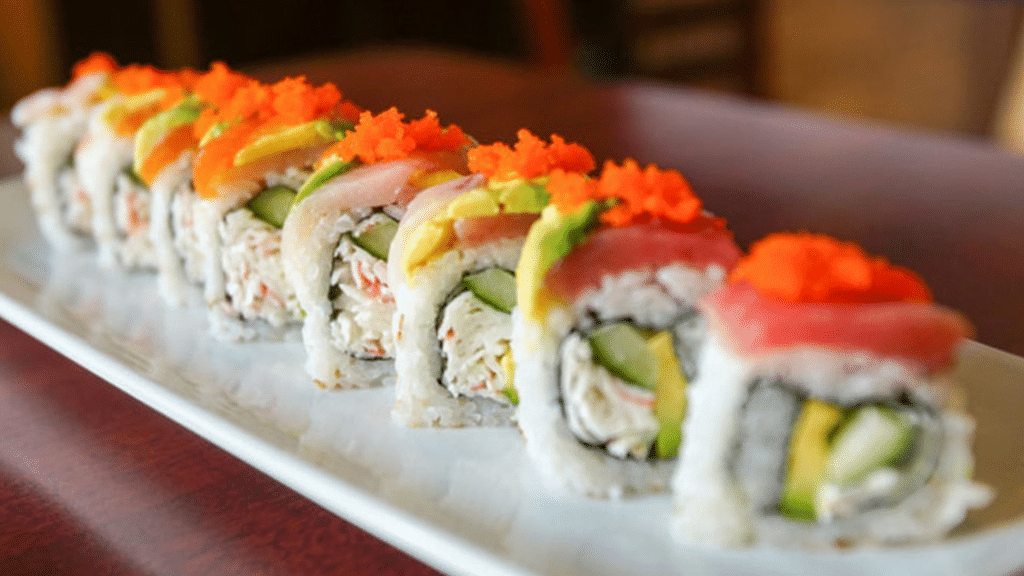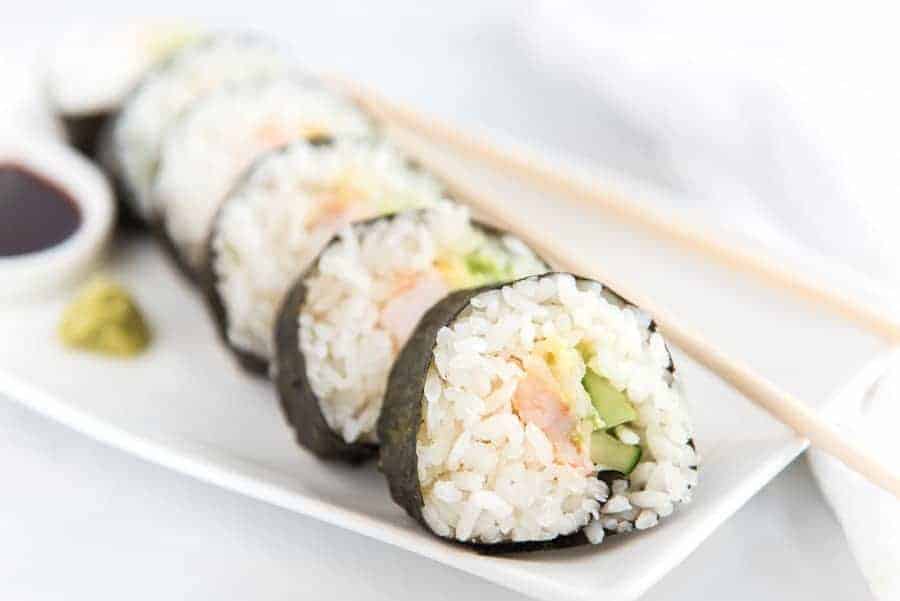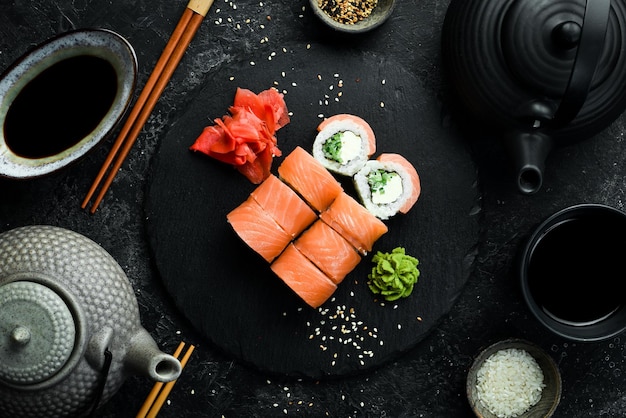Mastering the Art of Sticky Rice Recipe for Sushi
Written By James Morgan
The heart and soul of a delicious sushi dish lie in the perfect sticky rice recipe for sushi. Whether you are a sushi aficionado or a newbie looking to make your first California roll, nailing the sushi rice is crucial. This comprehensive guide will take you on a culinary journey to master the sticky rice recipe for sushi along with essential tips and techniques.

What is Sticky Rice?
Sticky rice, known for its gooey and adhesive texture, is the foundation of many Asian cuisines, especially in Japanese sushi. It is prepared using short-grain japonica rice, which has a higher starch content. When cooked, these grains cling together, forming the perfect bed for various sushi ingredients. The process of preparing this rice involves careful considerations, from rinsing and soaking to cooking and seasoning. In this article, you will learn not just how to cook sticky rice, but how to perfect it for the most delightful sushi experience.

Ingredients
- 2 cups short-grain sushi rice
- 2 1/2 cups water
- 1/2 cup rice vinegar
- 1/4 cup sugar
- 1 tablespoon salt

Possible Tools and Appliances
The right tools are a game-changer in the sushi-making process. Here are some essentials you may want to consider:

Preparations
Rinsing the Rice
Start by carefully rinsing the rice with cold water until the water runs clear. This step is crucial as it removes excess starch that can make the rice overly sticky and gummy. To do this, place the rice in a large bowl, add cold water, swirl gently with your hand, and then drain. Repeat this process several times.
Soaking the Rice
After rinsing, let the rice soak in water for about 30 minutes to an hour. Soaking allows the rice grains to absorb water, which leads to even cooking and a better texture. Tip: Use a strainer for easy draining after soaking.
Cooking the Rice
Once soaked, transfer the rice to a Rice Cooker and add the specified amount of water. If you dont have a rice cooker, you can use a pot with a tight-fitting lid. Bring the water to a boil on medium-high heat, then reduce the heat to low, cover, and simmer for about 18-20 minutes. Let the rice sit for another 10 minutes before uncovering to allow it to finish steaming.
Seasoning the Rice
While the rice is cooking, prepare the seasoning. In a small saucepan, combine rice vinegar, sugar, and salt. Heat the mixture on medium heat, stirring until the sugar & salt completely dissolve - do not let it boil. Once done, let it cool.
Once the rice is done cooking, transfer it to a large wooden or plastic mixing bowl. Gently fold the vinegar mixture into the rice using a rice paddle. Be careful not to mash or break the rice grains. The folding technique ensures that each grain of rice is evenly coated with the seasoning, giving it that quintessential sushi flavor.
Cooling the Rice
After seasoning, you need to cool the rice to room temperature before using it for sushi. Traditional methods involve fanning the rice while folding it to cool it quickly and give it a glossy finish.
Building Your Sushi
Choosing the Fillings
The sky's the limit when it comes to sushi fillings. Popular choices include fresh seafood like tuna, salmon, and shrimp; vegetables like cucumber, avocado, and pickled radish; and even some fruits like mango. Marinated tofu and grilled mushrooms are excellent options for vegetarians.
Rolling the Sushi
Spread a layer of the sticky rice on a sheet of nori (seaweed) placed on a bamboo mat from your Sushi Making Kit. Add your chosen fillings in a line across the center of the rice. Using the bamboo mat, carefully roll the nori over the fillings, pressing gently but firmly to create a compact roll.
Slicing the Rolls
Once your sushi rolls are formed, use a Sushi Knife to slice them into bite-sized pieces. Ensure your knife is very sharp and clean it with a damp cloth between each cut to prevent the rice from sticking.
Tips for Rolling and Serving Sushi
Creating perfect sushi rolls requires some practice. Use a Cutting Board to ensure stability and precision. You can lightly moisten your hands with water to prevent the rice from sticking to your fingers.
Additional Tips
- Mixing the vinegar mixture into the rice while its hot helps the rice grains absorb the flavor more effectively.
- If you're new to sushi rolling, a simple tool like a sushi rolling mat can make the process easier.
- Always use fresh, high-quality ingredients for the best taste and food safety.
Clean up and Maintenance
After indulging in your homemade sushi, cleaning your cookware is essential. Cookware Cleaner can ensure that your utensils are well-maintained. Additionally, using Cutting Board Oil will keep your cutting board in excellent condition.
Conclusion
And there you have it, a foolproof sticky rice recipe for sushi that will elevate your sushi-making skills from amateur to expert. The key is patience and practice. With this guide, you'll be on your way to making sushi that rivals even the best sushi restaurants. Remember, the joy of cooking lies not just in the final dish, but also in the process. Happy sushi-making!
Additional Resources
Check out this easy-to-follow guide for more tips and tricks on perfecting your sushi rolls here.
As an Amazon Associate, I earn from qualifying purchases.



